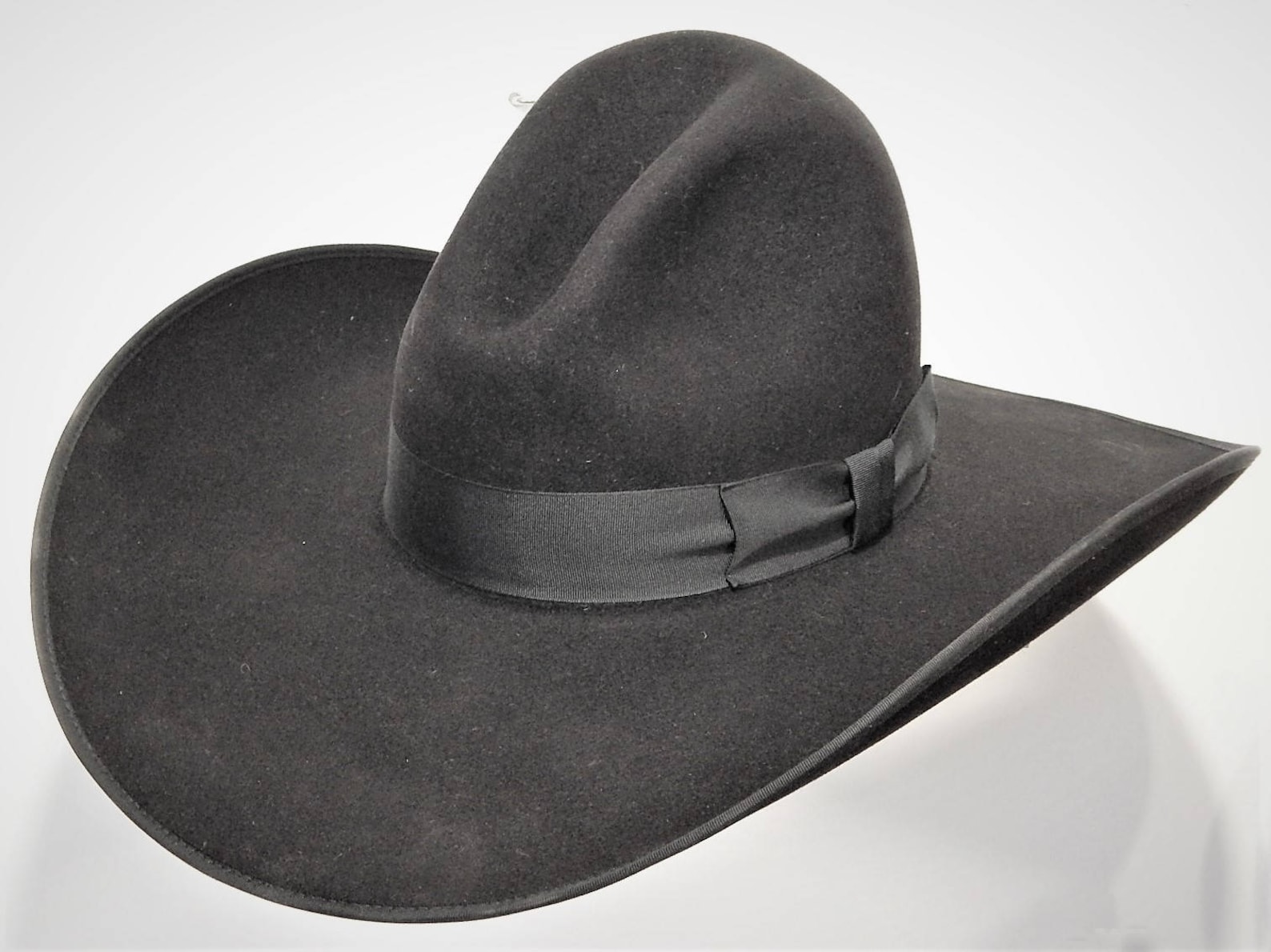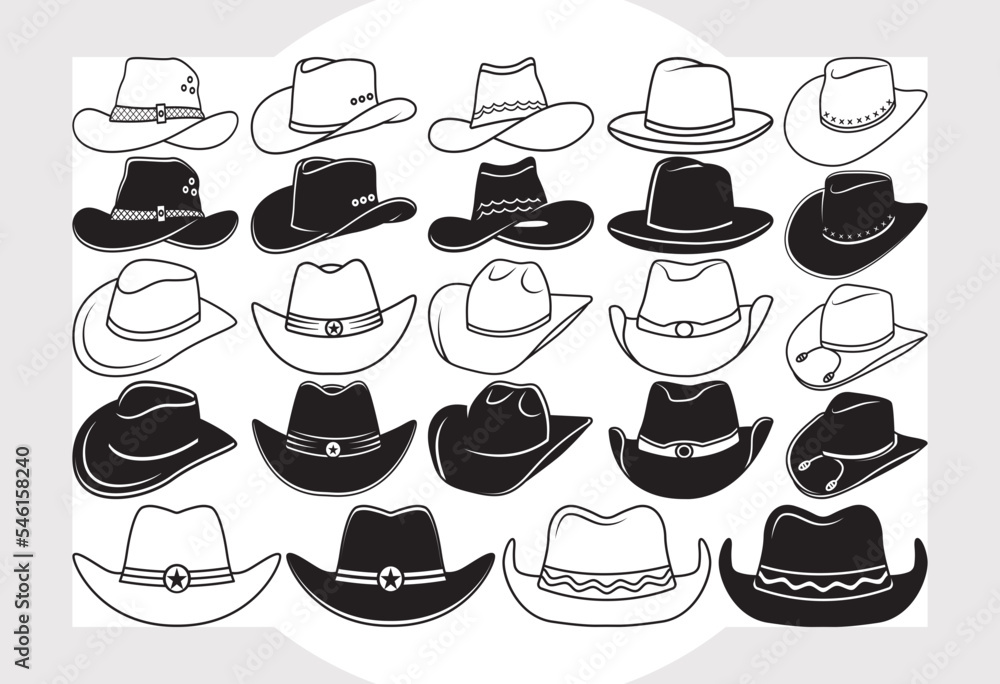
How to Choose the Perfect Western Hat: A Style Guide for Beginners
The western hat. A symbol of the American West, a statement piece, a practical sun shield – it’s more than just headwear; it’s an expression of self. But with countless styles, shapes, and materials, choosing the perfect one can feel like navigating a dusty cattle drive. Fear not, aspiring hat-wearer! This comprehensive guide will help you lasso the ideal lid for your head.
Beyond the Brim: Understanding Hat Styles
Before we dive into specifics, let’s explore the major players in the western hat arena. Knowing these styles is crucial to finding your perfect fit:
| Hat Style | Description | Best For |
|---|---|---|
| Cattleman | Classic, wide brim, typically 4-4.5 inches | All-around wear, versatile |
| Boss of the Plains | Similar to Cattleman, slightly wider brim | More dramatic look, sun protection |
| Open Crown | Crown is pinched or creased, less structured | Casual, relaxed vibe |
| Pinch Front | Crown pinched in the front, often taller | Adds a touch of elegance, sophisticated |
| Fedora | Narrower brim, teardrop crown | More refined, urban western style |
Material Matters: From Felt to Straw
The material dictates not only the hat’s look but also its durability and comfort.
- Wool Felt: The king of western hats. Durable, water-resistant, and available in a wide range of colors and textures. Perfect for all seasons, though it can be warm in summer.
- Straw: Lightweight and breathable, ideal for warmer months. Offers excellent sun protection but less protection from the elements. Durability varies depending on the type of straw.
- Leather: Adds a rugged, vintage vibe. Often used for hatbands or accent pieces, but full leather hats are also available. Requires careful maintenance.
- Fur Felt: Luxurious and exceptionally warm, perfect for colder climates.
Sizing Up: Finding Your Perfect Fit
The most crucial aspect of choosing a western hat is the fit. A poorly fitting hat will be uncomfortable and look awkward. Measure your head circumference using a tape measure, just above your eyebrows. Most hatters use this measurement to determine the correct size. Don’t be afraid to try on different hats to find one that sits comfortably and securely on your head. It shouldn’t be too tight or too loose.
The Crown Jewel: Choosing the Right Crown Shape and Height
The crown is the top part of the hat, and its shape and height significantly impact the overall look. Taller crowns tend to be more formal, while shorter crowns offer a more casual feel. Consider your personal style and the occasion when making this choice.
Brim It On: Understanding Brim Width and Shape
The brim offers sun protection and adds to the hat’s aesthetic appeal. Wider brims provide more shade, while narrower brims are more suitable for urban settings. The shape of the brim can also be varied – flat, downturned, or even upturned.
Accessorizing Your Western Hat:
A hatband can elevate your hat from simple to stunning. Leather, braided, beaded – the options are endless. Consider your hat’s color and material when selecting a band. A hat pin can add a touch of personality and secure the hatband in place.
Caring for Your Western Hat:
Proper care will extend the life of your western hat. Avoid getting it wet. Store it in a cool, dry place, ideally in a hat box to maintain its shape. Regularly brush the hat to remove dust and debris. For felt hats, professional cleaning might be necessary.
Finding Your Perfect Western Hat: A Journey, Not a Race
Choosing a western hat is a personal journey. Don’t rush the process. Try on different styles, materials, and sizes until you find the one that perfectly complements your style and personality. Embrace the process, and enjoy the journey of finding your perfect piece of western heritage.

Additional Information
Delving Deeper into Western Hat Selection: An Analytical Approach
A basic guide to choosing a Western hat offers a crucial first step, but true mastery requires a deeper understanding of the nuances impacting style, comfort, and longevity. This analysis expands upon a foundational guide, providing a more sophisticated approach to Western hat selection.
I. Beyond the Crown: Understanding Hat Construction & Materials:
A comprehensive understanding goes beyond simple crown styles (e.g., cattleman, boss of the plains). The construction itself dramatically impacts both aesthetics and practicality:
- Material: While felt remains dominant (wool felt offering superior durability and water resistance compared to synthetic options), straw hats offer breathability for warmer climates. Leather hats offer a distinct, rugged look but require more diligent care. Analyzing fiber content (percentage of wool, etc.) within felt hats provides insight into their quality and longevity. Higher wool content generally correlates with greater durability and water resistance.
- Body Construction: The way the hat is constructed affects its shape retention and overall sturdiness. Hats crafted with more hand-stitching tend to be more durable and retain their shape better than those made using cheaper machine-stitching. Observing the stitching quality offers insight into the craftsmanship and potential longevity.
- Binding & Sweatband: The binding (the material around the brim) and sweatband influence comfort and durability. Leather bindings offer a classic look and enhanced durability, while fabric bindings provide breathability. A high-quality sweatband is crucial for comfort, particularly in warmer climates. Consider leather, suede, or even cotton blends depending on your needs.
II. The Brim: A Functional & Aesthetic Element:
The brim’s size and shape are often overlooked, yet they significantly impact both functionality and style:
- Brim Size & Shape: A wider brim offers superior sun protection, ideal for outdoor activities. However, it might prove unwieldy in tighter spaces. Conversely, narrower brims offer a sleeker look, better suited for indoor environments. Brim shapes (flat, snapped, bound) impact the overall aesthetic, with some shapes aligning better with particular styles (e.g., a flat brim often features in a more modern or minimalist western style).
- Brim Considerations: Consider the brim’s stiffness. A stiffer brim maintains its shape better, while a softer brim offers greater flexibility and comfort.
III. Sizing & Fit: Beyond the Circumference:
While head circumference is paramount, a complete fit assessment considers:
- Crown Height & Depth: Crown height impacts the overall silhouette and can significantly affect the wearer’s comfort. Taller crowns offer more headroom, while shorter crowns provide a more streamlined profile. Depth refers to the hat’s overall vertical dimension. A deeper crown provides more head protection.
- Band Size Adjustment: A properly fitted hat should sit comfortably without being overly tight or loose. Many hats offer adjustable inner bands for fine-tuning the fit.
IV. Style & Contextual Considerations:
The choice of hat style must align with individual preferences and the intended context:
- Style Trends: While classic styles endure, fashion trends within Western wear do evolve. Researching current styles can help inform choices, especially for those seeking a more contemporary look.
- Occasion & Environment: A heavily embellished hat might be suitable for a rodeo but less appropriate for everyday wear. Consider the environment – a straw hat for summer, a felt hat for winter.
V. Maintenance & Care: Ensuring Longevity:
Proper care extends the life of a Western hat:
- Cleaning: Different materials require different cleaning methods. Wool felt hats, for instance, might need professional cleaning, while straw hats might benefit from gentle brushing.
- Storage: Proper storage, ideally in a hat box or shaper, prevents deformation.
Conclusion:
Selecting a Western hat transcends simple style choices. By considering hat construction, materials, brim features, proper fit, and style context, individuals can make informed decisions leading to a hat that is both aesthetically pleasing and functionally suitable for their needs. This analytical approach underscores that a deeper understanding of these factors ensures a purchase that delivers style, comfort, and lasting value.

